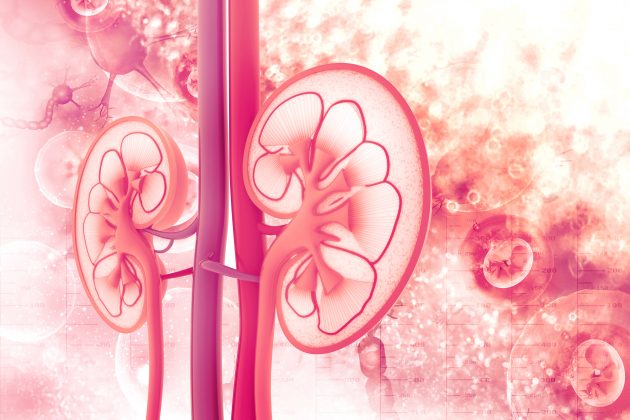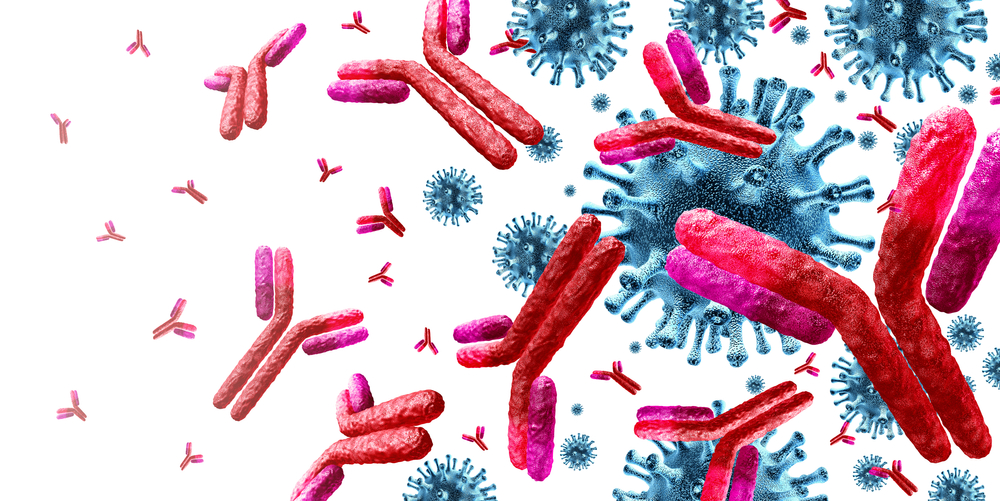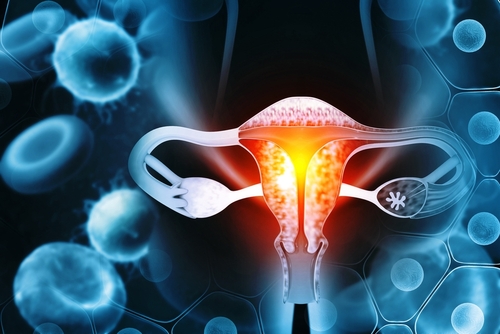Patients with autosomal dominant polycystic kidney disease (ADPKD) are routinely not considered as potential donors for renal transplantation. There is a concern that peri-transplant acute kidney injury may accelerate cystogenesis in kidneys from patients with ADPKD similarly as it accelerates cystogenesis in animal ADPKD models. However, the immunosuppression may have cystogenesis-inhibiting effects, as has been seen in animal ADPKD models.
Researchers at the University of Alabama at Birmingham, led by M. C. Chumley, conducted a study to quantify the effects of transplantation on cystogenesis in kidneys from a donor with ADPKD. They reported results of the study during a virtual poster session at the American Transplant Congress 2020 in a poster titled Effects of Kidney Transplantation on Cystogenesis in Kidneys procured from a Deceased Donor with Autosomal Dominant Polycystic Kidney Disease.
Two kidneys from a deceased ADPKD class 1A donor were transplanted into two individuals. Magnetic resonance imaging was performed at 1 month, 6 months, and 18 months post-transplant. To estimate the ADPKD classification for each recipient at individual time points, image and LabVIEW-based software tools were developed and used to measure and compare total kidney volumes and individual cyst volumes at each time point.
At 18 months post-transplant with a ADPKD kidney, total kidney volume increased by 6.45% in recipient one and 38.85% in recipient two (an annual total kidney volume increase of 0.745% and 21.45%, respectively). In recipient one, cyst numbers increased from 20 in month 1 to 32 at 18 months post-transplant. In recipient two, cyst numbers increased from 10 in month 1 to 22 at 18 months-post-transplant. In recipient one, of the 21 individual cysts tracked, 12 increased in volume and nine decreased in volume. In recipient two, of the two individual cysts tracked, one increased in volume and one decreased in volume.
At 18 months, recipient one had a serum creatinine level of 1.4 mg/dL and glomerular filtration rate (GFR) of 52 mL/min/1.73 m2; recipient two had serum creatinine level of 1.5 mg/dL and GFR of 43 mL/min/1.73 m2.
Imaging Classification of ADPKD was used to determine the ADPKD classification of each kidney at each time point. Classification was estimated and compared using height-adjusted total kidney volume and age of the kidneys. For each recipient, there was a shift in the ADPKD classification to a more severe class. In recipient one, there was a shift in classification from 1A to 1B, and in recipient two, there was a shift in classification from 1A to 1C.
In conclusion, the researchers said, “These data suggest that ADPKD kidneys from mildly affected ADPKD deceased donors may be used as marginal renal allografts in kidney transplantation and the cystogenic responses in transplanted ADPKD kidney allografts may differ between recipients.”
Source: Chumley MC, Kim H, Williams DM, Kumar V, Mrug M. Effects of kidney transplantation on cystogenesis in kidneys procured from a deceased donor with autosomal dominant polycystic kidney disease. Abstract of a poster presented at the virtual American Transplant Congress (Abstract D-025), May 30, 2020.
Credit: Original article published here.










